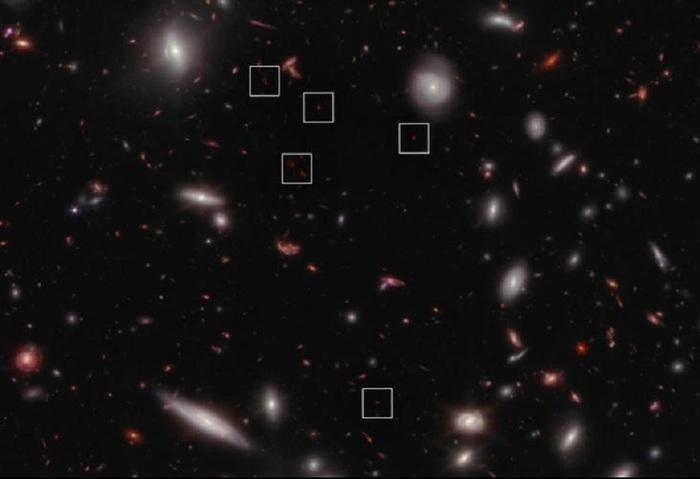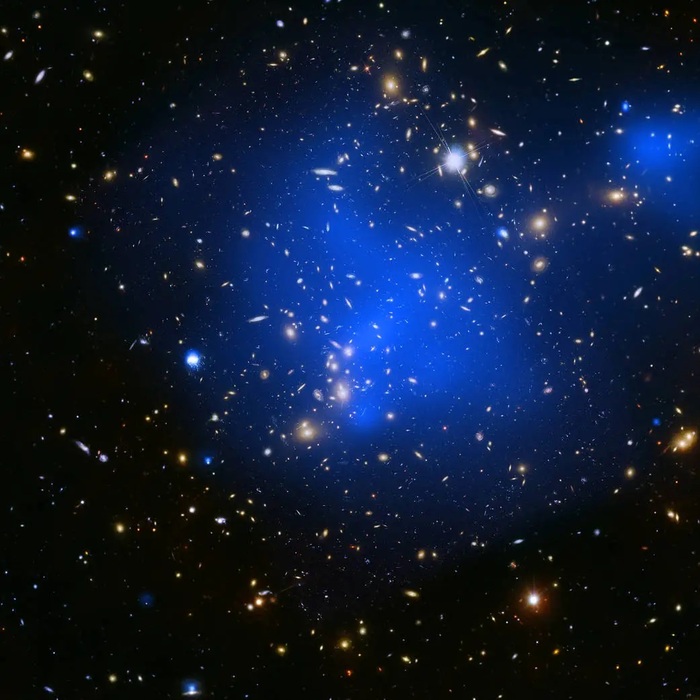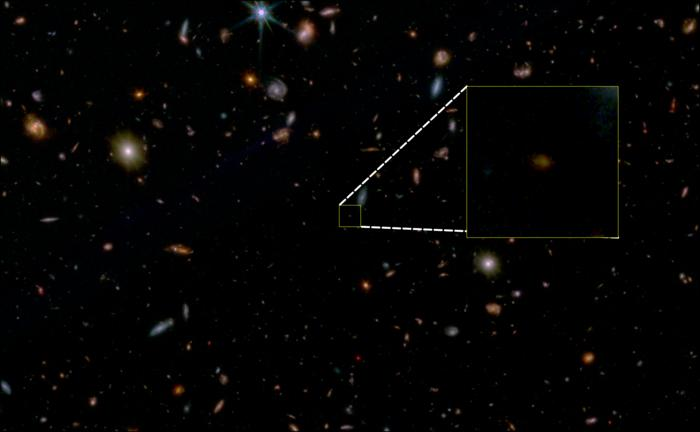Discovered the oldest cluster of galaxies known so far, formed when the universe was very young, about 650 million years after the Big Bang.
The first to sight it was the Hubble Space Telescope and the discovery is now confirmed by the James Webb telescope, of NASA, the European Space Agency and the Canadian Space Agency.
The new data are published in The Astrophysical Journal Letters and are the result of an international research in which Italy participated with the National Institute of Astrophysics.
A very special magnifying glass made it possible to see it: the Pandora or Abell 2744 galaxy cluster, just over 3.5 billion light-years away from Earth.
A cluster of galaxies allows you to observe, magnified, the objects that are located behind it, thus making them visible despite the distance It thus emerged that the oldest cluster, indicated by the initials, A2744-z7p9OD, includes at least seven galaxies and that many others are located in its surroundings.
"This is a very special and unique site where galaxies are evolving at an accelerated rate, and Webb has given us the unprecedented ability to measure the velocities of these seven galaxies and confidently confirm that they are bound together in a protocluster," he says. the first author of the study, Takahiro Morishita, of the California Institute of Technology.
"It is surprising that only 650 million years after the Big Bang there was already an overdensity of this type formed in the universe", comments Benedetta Vulcani, from INAF in Padua and co-author of the article.
"The protocluster has a radius of 195,000 light years, which is about the distance between us and the Large Magellanic Cloud."
According to the researchers, a structure like this will end up incorporating thousands of other galaxies, in a growth "similar to that of watercourses: torrents that originate from different mountains can then flow into larger rivers to form large rivers. So galaxies initially distant, over time they agglomerate in the same space" comments Vulcani.
The characteristics of the galaxies close to the ancient cluster are extraordinarily similar: "they form stars in very similar ways and quantities over the years and - observes the researcher - they all have an accelerated evolution compared to other galaxies living in the same cosmic era but are as if, returning to the image of the river, the drops of















